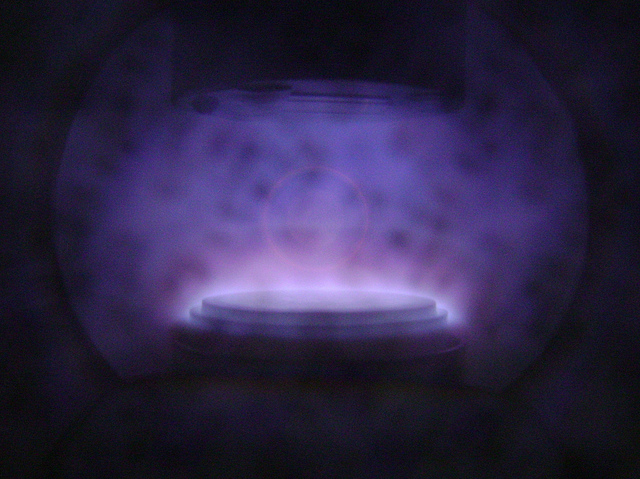▼ Reference
- Chen S, Du H, Wei Y, Peng L, Li Y, Gan L, Kang F. Fine-tuning the Cross-Sectional Architecture of Antimonydoped Tin Oxide Nanofibers as Pt Catalyst Support for Enhanced Oxygen Reduction Activity. Int. J. Electrochem. Sci. 2017; 12: 6221. Open Access
- Formo E, Lee E, Campbell D, Xia Y. Functionalization of Electrospun TiO2 Nanofibers with Pt Nanoparticles and Nanowires for Catalytic Applications. Nano Lett. 2008; 8: 668.
- Guo R, Jiao T, Xing R, Chen Y, Guo W, Zhou J, Zhang L, Peng Q. Hierarchical AuNPs-Loaded Fe3O4/Polymers Nanocomposites Constructed by Electrospinning with Enhanced and Magnetically Recyclable Catalytic Capacities. Nanomaterials 2017; 7: 317. Open Access
- Hong S H, Lee S A, Nam J D, Lee Y K, Kim T S, Won S. Platinum-Catalyzed and Ion-Selective Polystyrene Fibrous Membrane by Electrospinning and In-Situ Metallization Techniques. Macromolecular Research 2008; 16: 204.
- Huang K, Chu X, Feng W, Zhou C, Si W, Wu X, Yuan L, Feng S. Catalytic behavior of electrospinning synthesized La0.75Sr0.25MnO3 nanofibers in the oxidation of CO and CH,sub>4.
- Im J S. Kwon O, Kim Y H, Park S J, Lee Y S. The effect of embedded vanadium catalyst on activated electrospun CFs for hydrogen storage. Microporous and Mesoporous Materials 2008; 115: 514.
- Kang H, Zhu Y, Yang X, Jing Y, Lengalova A, Li C. A novel catalyst based on electrospun silver-doped silica fibers with ribbon morphology. Journal of Colloid and Interface Science 2010; 341: 303.
- Ochanda F, Jones Jr. W E. Sub-Micrometer-Sized Metal Tubes from Electrospun Fiber Templates. Langmuir 2005; 21: 10791.
- Pan Z, Chen H, Yang J, Ma Y, Zhang Q, Kou Z, Ding X, Pang Y, Zhang L, Gu Q, Yan C, Wang J. CuCo2S4 Nanosheets@N-Doped Carbon Nanofibers by Sulfurization at Room Temperature as Bifunctional Electrocatalysts in Flexible Quasi-Solid-State Zn-Air Batteries. Advanced Science 2019; Article in press. Open Access
- Pantojas V M, Rodriguez D, Morell G, Rivera A, Ortiz C, Santiago-Aviles J J, Otano W. Synthesis of palladium with different nanoscale structures by sputtering deposition onto fiber templates. Journal of Nanophotonics 2008; 2: 021925.
- Shui J L. Pt nanowires made by electrospinning and their application in PEM fuel cells. phD Thesis. University of Rochester. 2010. Open Access
- Soukup K, Topka P, Hejtmanek V, Petras D, Vales V, Solcova O. Noble metal catalysts supported on nanofibrous polymericmembranes for environmental applications. Catalysis Today 2014; 236: 3.
- Wang C, Yin J, Han S, Jiao T, Bai Z, Zhou J, Zhang L, Peng Q. Preparation of Palladium Nanoparticles Decorated Polyethyleneimine/Polycaprolactone Composite Fibers Constructed by Electrospinning with Highly Efficient and Recyclable Catalytic Performances. Catalysts 2019; 9: 559. Open Access
- Wen S, Liang M, Zou R, Wang Z, Yue D, Liu L. Electrospinning of palladium/silica nanofibers for catalyst applications. RSC Adv. 2015; 5: 41513.
▼ Credit and Acknowledgement
Author
Wee-Eong TEO View profile
Email: weeeong@yahoo.com
 ElectrospinTech
ElectrospinTech
